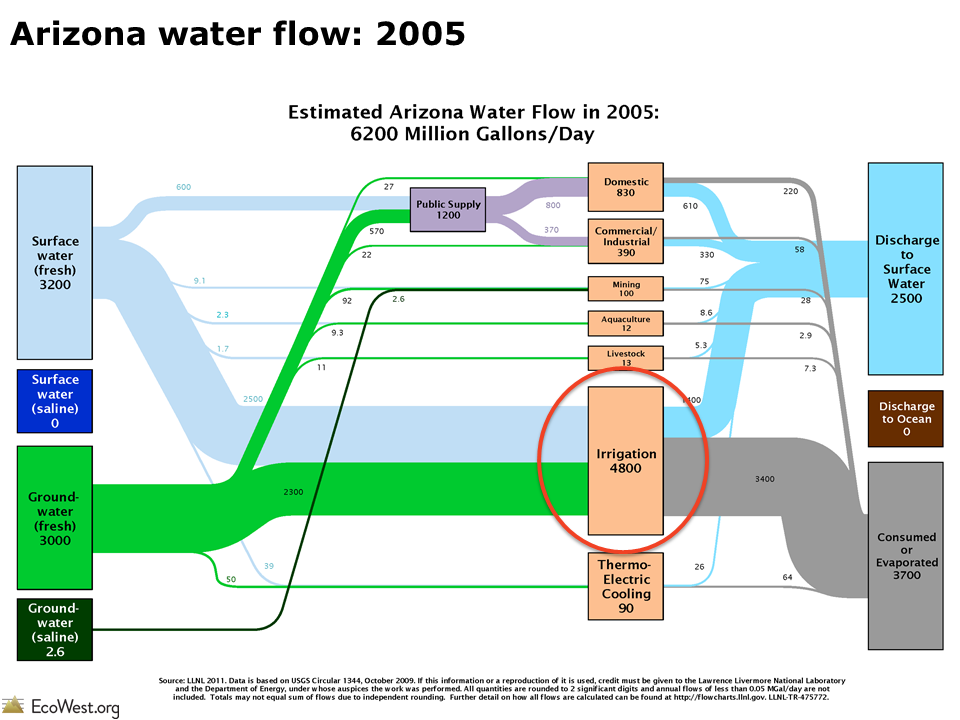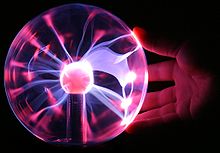 |
| Opening Sessions |
WEFTEC 2013 came and went several weeks ago, busting all sorts of records over previous years, so I'm a little tardy in giving my impression of this year's event, but here goes anyway...
 |
| Innovation Showcase |
The Good
So, what were some of the highlights for me? Here in no particular order are the things that impressed me this year:
- The Venue: the layout of the bookstore and global meeting center right outside the entrance; the exhibition floor right underneath the rooms for the technical sessions; posters right outside the session rooms and electronic versions showing on flat-screen TVs... even a screen for tweets! The conference center was very-nicely laid out.
- People: I love being able to catch up with colleagues I've not seen for some time. Though I'm a technologist at heart, as I get older (cue cheezy violin music) I appreciate reconnecting with colleagues I've not seen for a while and getting to know new colleagues. You can transfer knowledge and ideas via web-based seminars, conference calls and the like, but nothing beats meeting people face to face.
- Innovation Showcase: One of the few sessions I did get to attend was held at the Innovation Showcase where Yaniv Scherson presented on his CANDO process and several others presented some great and innovative ideas. There was also a session here to discuss the development of a Nutrient Roadmap, which should be pretty interesting.
- Workshops: I have to say I really enjoy the interactive nature of workshops versus the somewhat formal and stuffy format of technical session presentations. This year I somehow managed to help out with 3 different workshops over 2 days - sustainability, modeling and energy. I don't recommend that to anyone, but I do recommend anyone to attend workshops in the future. You learn a heck of a lot more than just watching a paper presentation.
- Opening sessions: I used to skip the opening sessions because I presumed they were too high level or not relevant for the kinds of things I focus on, but a couple of years back a good friend and colleague, Sudhir Murthy, encouraged me to attend an opening session and I have to say I was pretty impressed. This year's opening session and the following session by water leaders from around the world were pretty inspirational and very well done (photo at the top was the Water Leaders session).
- The Inaugural Bookshop Quiz! And not just because my colleagues from B&V and our client from St Cloud were the winners (see photo below). This was a bit of an experiment for WEF and by my reckoning it was an outstanding success and hope we do it again next year.
 |
| Bookshop Quiz 2014 Winners |
The Not-so-good (PC term for Bad, I guess?!)
Overall WEFTEC in Chicago surpassed itself this year (are you listening New Orleans?!). So I only have a couple of nit-picky negatives that you can skip right over if you're a glass half-full kind of person (I think I'm a glass at 50% capacity person myself - figure that one out!). Here they are:
- Location: OK the venue is awesome, but it's too bloody far from the awesome hotels, restaurants and other delights of downtown Chicago. I hear rumours that the City has plans to build up the area around the conference center which would be great. Maybe they can add a light rail link or tram too? We stayed at the Sheraton on the north side of downtown and it was pretty cool to take the shuttle bus down some secret road under the city and down to the convention center, but I'm guessing others didn't have quite the same fun with their long queues and rush-hour bus rides back into the city.
- Too much to see: Maybe it's just because I'm a "Yes Man" and involved in too many things, but this year, with all the committee activities and what-not (including doing a mid-term exam - don't ask) I barely saw a handful of presentations. At some point I need to go through the proceedings and see what I missed.
- The submission process: This is probably a contentious one and may come across stronger than I intend, but I have issues with both the workshop submission process and the abstract submission process. The workshop submission process starts too soon (less than a month after WEFTEC), has too many steps and is contrained by an inflexible rubric that has only one format in mind. The paper abstract submission format and process used to be OK i.e. develop a 3 page Word document and a few figures. Now it's a nasty process of developing some text of indeterminate length with figures kept separate in pure graphical form, then you use some weird coding to get your figures and tables (haven't figured out a tidy way to handle tables) into the text, hopefully in the right spot. A little knowledge of html coding is helpful. Maybe this is a little unfair as it's not quite as bad as I make out as long as you know the process ahead of time. And I've never been asked to review any papers for WEFTEC so I'm hoping that maybe the new system makes the review process easier somehow.
OK, so WEFTEC 2013 is over and I'd say it was probably the best one yet. The bar is pretty high for New Orleans and WEFTEC 2014!














